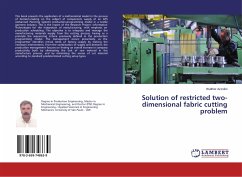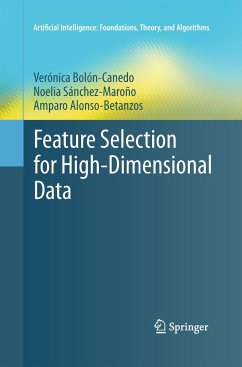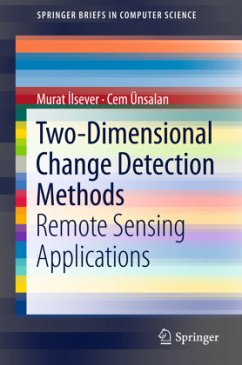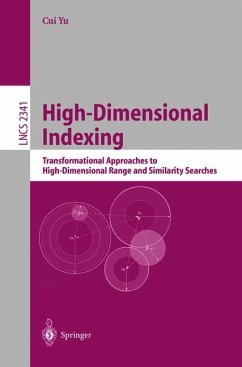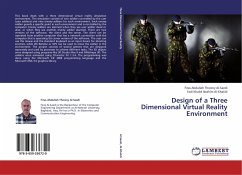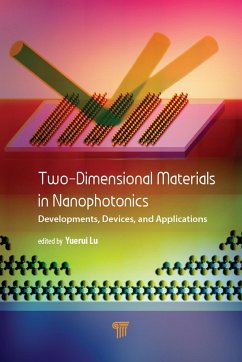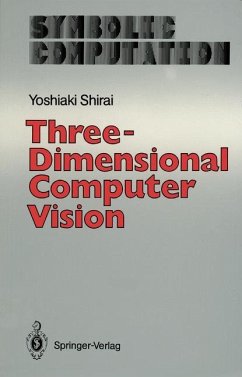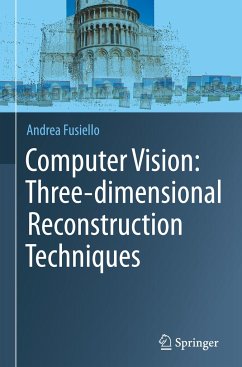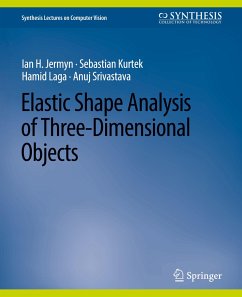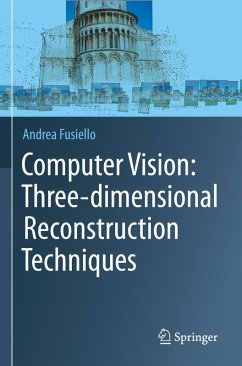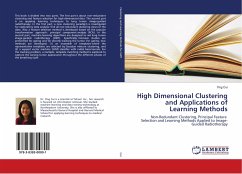
High Dimensional Clustering and Applications of Learning Methods
Non-Redundant Clustering, Principal Feature Selection and Learning Methods Applied to Image- Guided Radiotherapy
Versandkostenfrei!
Versandfertig in 6-10 Tagen
39,99 €
inkl. MwSt.

PAYBACK Punkte
20 °P sammeln!
This book is divided into two parts. The first part is about non-redundant clustering and feature selection for high dimensional data. The second part is on applying learning techniques to lungtumor image-guided radiotherapy. In the first part, a new clustering paradigm is investigated for exploratory data analysis: find all non-redundant clustering views of the data. Also a feature selection method is developed based on the popular transformation approach: principal component analysis (PCA). In the second part, machine learning algorithms are designed to aid lung tumor image-guided radiothera...
This book is divided into two parts. The first part
is about non-redundant clustering and feature
selection for high dimensional data. The second
part is on applying learning techniques to lung
tumor image-guided radiotherapy. In the first part,
a new clustering paradigm is investigated for
exploratory data analysis: find all non-redundant
clustering views of the data. Also a feature
selection method is developed based on the popular
transformation approach: principal component
analysis (PCA). In the second part, machine
learning algorithms are designed to aid lung tumor
image-guided radiotherapy (IGRT). Specifically,
intensive studies are preformed for gating and for
directly tracking the tumor. For gating, two
methods are developed: (1) an ensemble of templates
where the representative templates are selected by
Gaussian mixture clustering, and (2) a support
vector machine (SVM) classifier with radial basis
kernels. For the tracking problem, a multiple-
template matching method is explored to capture the
varying tumor appearance throughout the different
phases of the breathing cycle.
is about non-redundant clustering and feature
selection for high dimensional data. The second
part is on applying learning techniques to lung
tumor image-guided radiotherapy. In the first part,
a new clustering paradigm is investigated for
exploratory data analysis: find all non-redundant
clustering views of the data. Also a feature
selection method is developed based on the popular
transformation approach: principal component
analysis (PCA). In the second part, machine
learning algorithms are designed to aid lung tumor
image-guided radiotherapy (IGRT). Specifically,
intensive studies are preformed for gating and for
directly tracking the tumor. For gating, two
methods are developed: (1) an ensemble of templates
where the representative templates are selected by
Gaussian mixture clustering, and (2) a support
vector machine (SVM) classifier with radial basis
kernels. For the tracking problem, a multiple-
template matching method is explored to capture the
varying tumor appearance throughout the different
phases of the breathing cycle.



